System Doctor 2014 is a computer virus (Rogue.WinWebSec), which pretends to be a legitimate security program and claims that malware has been detected on your computer. If you try to remove these infections, System Doctor 2014 will state that you need to buy its Full Edition before being able to do so.
![System Doctor 2014 [Image: System Doctor 2014]](http://malwaretips.com/blogs/wp-content/uploads/2013/05/System-Doctor-2014.jpg)
System Doctor 2014 targets users browsing Internet websites, and rely on social engineering to deliver its payload. This infection is promoted through web sites that have been hacked with scripts that try to install the software by exploiting vulnerabilities on your computer. It is also promoted through Trojans that pretend to be legitimate programs that are required to view an online video, but instead install the infection.
Once installed, System Doctor 2014 will display fake security alerts that are designed to think that your data is at risk or that your computer is severely infected.These messages may include:
Security center
Warning! Suspicious activity detected.
Virus activity detected.
Attempt to change configuration files detected.
Rootkit embedding attempt detected.
Recommendation: You are using a limited version of System Doctor 2014. Please activate System Doctor 2014 to resist all virus threats efficiently. Suitable solution found System Doctor 2014.
Spyware.IEMonster activity detected. This is spyware that attempts to steal passwords from Internet Explorer, Mozilla Firefox, Outlook and other programs.
Click here to remove it immediately with System Doctor 2014.System Doctor 2014 Firewall Alert
System Doctor 2014 Firewall has blocked a program from accessing the Internet.
Internet Explorer Internet Browser is infected with worm SVCHOST.Stealth.Keyloger. This worm is trying to send your credit card details using Internet Explorer Internet Browser to connect to remote host.System Doctor 2014 Warning
Your PC is still infected with dangerous viruses. Activate antivirus protection to prevent data loss and avoid theft of your credit card details.
Click here to activate protection.System Doctor 2014 Warning
Your PC is still infected with dangerous viruses. Activate antivirus protection to prevent data loss and avoid theft of your credit card details.System Doctor 2014 Warning
Intercepting programs that may compromise your privacy and harm your system have been detected on your PC.
Click here to remove them immediately with System Doctor 2014.
In reality, none of the reported issues are real, and are only used to scare you into buying System Doctor 2014 and stealing your personal financial information.
As part of its self-defense mechanism, System Doctor 2014 has disabled the Windows system utilities, including the Windows Task Manager and Registry Editor, and will block you from running certain programs that could lead to its removal.
This rogue antivirus has also modified your Windows files associations, and now whenever you are trying to open a program, System Doctor 2014 will block this operation and display a bogus notification in which will report that the file is infected.
Warning! Infected file detected.
Locantion: File System
File name: dllhost.exe
Level of threat: 3/5
Behavior Description: Destroys and infects system files.
To keep the computer safe, the thread must be blocked.
If your computer is infected with System Doctor 2014 virus, then you are seeing the following screens:
![System Doctor 2014 virus [Image: System Doctor 2014 virus]](http://malwaretips.com/blogs/wp-content/uploads/2013/05/System-Doctor-2014-virus.jpg)
![System Doctor 2014 Warning [Image: System Doctor 2014 Warning]](http://malwaretips.com/blogs/wp-content/uploads/2013/05/System-Doctor-2014-Warning.jpg)
![System Doctor 2014 Alert [Image: System Doctor 2014 Alert]](http://malwaretips.com/blogs/wp-content/uploads/2013/05/System-Doctor-2014-alert.jpg)
System Doctor 2014 is a scam, and you should ignore any alerts that this malicious software might generate.
Under no circumstance should you buy System Doctor 2014 as this could lead to identity theft, and if you have, you should contact your bank and dispute the charge stating that the program is a scam and a computer virus.
Registration keys for System Doctor 2014
As an optional step,you can use any of the following license keys to register System Doctor 2014 and stop the fake alerts.
System Doctor 2014 Activation code:
AA39754E-715219CE
![System Doctor 2014 Activation Key [Image: System Doctor 2014 Serial Key]](http://malwaretips.com/blogs/wp-content/uploads/2013/05/System-Doctor-2014-Activation-Key.jpg)
Please keep in mind that entering the above registration code will NOT remove System Doctor 2014 from your computer , instead it will just stop the fake alerts so that you’ll be able to complete our removal guide more easily.
System Doctor 2014 – Virus Removal Guide
STEP 1: Remove System Doctor 2014 malicious files with Malwarebytes Anti-Malware
Malwarebytes Chameleon technologies will allow us to install and run a Malwarebytes Anti-Malware scan without being blocked by System Doctor 2014.
- Right click on your browser icon, and select Run As or Run as Administrator. This should allow your browser to open so that we can then download Malwarebytes Chameleon.
![Right click on your Web Browser icon and click on Run As Administrator [Image: Starting web browse on infected computer]](data:image/gif;base64,R0lGODlhAQABAAAAACH5BAEKAAEALAAAAAABAAEAAAICTAEAOw==)
If you’ll see a “Warning! The site you are trying visit may harm your computer!” message in your web browser window, you can safely click on the Ignore warnings and visit that site in the current state (not recommended) link, because this a bogus alert from System Doctor 2014. - Download Malwarebytes Chameleon from the below link, and extract it to a folder in a convenient location.
MALWAREBYTES CHAMELEON DOWNLOAD LINK (This link will open a new web page from where you can download Malwarebytes Chameleon)
![Extract Malwarebytes Chameleon utility [Image: Extract Malwarebytes Chameleon utility]](data:image/gif;base64,R0lGODlhAQABAAAAACH5BAEKAAEALAAAAAABAAEAAAICTAEAOw==)
- Make certain that your infected computer is connected to the internet and then open the Malwarebytes Chameleon folder, and double-click on the svchost.exe file.
![Double click on svchost.exe [Image: Double click on svchost.exe]](data:image/gif;base64,R0lGODlhAQABAAAAACH5BAEKAAEALAAAAAABAAEAAAICTAEAOw==)
IF Malwarebytes Anti-Malware will not start, double-click on the other renamed files until you find one will work, which will be indicated by a black DOS/command prompt window. - Follow the onscreen instructions to press a key to continue and Chameleon will proceed to download and install Malwarebytes Anti-Malware for you.

- Once it has done this, it will update Malwarebytes Anti-Malware, and you’ll need to click OK when it says that the database was updated successfully.

- Malwarebytes Anti-Malware will now attempt to kill all the malicious process associated with System Doctor 2014.Please keep in mind that this process can take up to 10 minutes, so please be patient.

- Next, Malwarebytes Anti-Malware will automatically open and perform a Quick scan for System Doctor 2014 malicious files as shown below.
![Malwarebytes Anti-Malware scanning for System Doctor 2014 virus [Image: Malwarebytes Anti-Malware scanning for System Doctor 2014]](data:image/gif;base64,R0lGODlhAQABAAAAACH5BAEKAAEALAAAAAABAAEAAAICTAEAOw==)
- Upon completion of the scan, click on Show Result
![Malwarebytes when the system scan has completed [Image: Malwarebytes Anti-Malware scan results]](data:image/gif;base64,R0lGODlhAQABAAAAACH5BAEKAAEALAAAAAABAAEAAAICTAEAOw==)
- You will now be presented with a screen showing you the malware infections that Malwarebytes Anti-Malware has detected.
Make sure that everything is Checked (ticked),then click on the Remove Selected button.
![Click on Remove Selected to get rid of System Doctor 2014 [Image:Malwarebytes removing virus]](data:image/gif;base64,R0lGODlhAQABAAAAACH5BAEKAAEALAAAAAABAAEAAAICTAEAOw==)
- After your computer restarts, open Malwarebytes Anti-Malware and perform a Full System scan to verify that there are no remaining threats
STEP 2: Remove System Doctor 2014 rootkit with HitmanPro
In some cases,System Doctor 2014 will also install a rootkit on victims computer.To remove this rootkit we will use HitmanPro.
- Download HitmanPro from the below link,then double-click on it to start this program.
HITMANPRO DOWNLOAD LINK (This link will open a new web page from where you can download HitmanPro)
IF you are experiencing problems while trying to start HitmanPro, you can use the Force Breach mode.To start HitmanPro in Force Breach mode, hold down the left CTRL key when you start HitmanPro and all non-essential processes are terminated, including the malware process. (How to start HitmanPro in Force Breach mode – Video) - HitmanPro will start and you’ll need to follow the prompts (by clicking on the Next button) to start a system scan with this program.


- HitmanPro will start scanning your computer for System Doctor 2014 malicious files as seen in the image below.

- Once the scan is complete,you’ll see a screen which will display all the infected files that this utility has detected, and you’ll need to click on Next to remove this malicious files.

- Click Activate free license to start the free 30 days trial and remove all the malicious files from your computer.


![Right click on your Web Browser icon and click on Run As Administrator [Image: Starting web browse on infected computer]](http://malwaretips.com/blogs/wp-content/uploads/2013/03/open-web-browser.jpg)
![Extract Malwarebytes Chameleon utility [Image: Extract Malwarebytes Chameleon utility]](http://malwaretips.com/blogs/wp-content/uploads/2013/02/malwarebytes-chameleon-zip.jpg)
![Double click on svchost.exe [Image: Double click on svchost.exe]](http://malwaretips.com/blogs/wp-content/uploads/2013/02/malwarebytes-chameleon-svchost.jpg)
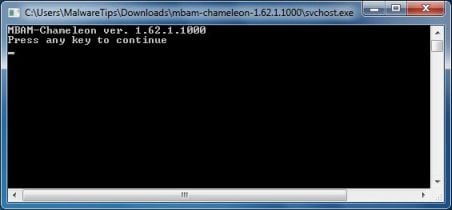
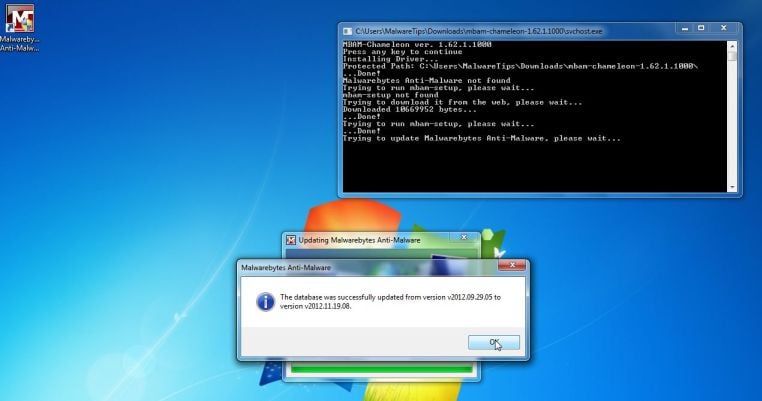
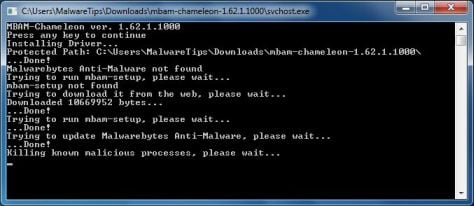
![Malwarebytes Anti-Malware scanning for System Doctor 2014 virus [Image: Malwarebytes Anti-Malware scanning for System Doctor 2014]](http://malwaretips.com/blogs/wp-content/uploads/2013/01/malwarebytes-scan.jpg)
![Malwarebytes when the system scan has completed [Image: Malwarebytes Anti-Malware scan results]](http://malwaretips.com/blogs/wp-content/uploads/2013/01/malwarebytes-scan-results.jpg)
![Click on Remove Selected to get rid of System Doctor 2014 [Image:Malwarebytes removing virus]](http://malwaretips.com/blogs/wp-content/uploads/2013/01/malwarebytes-virus-removal.jpg)
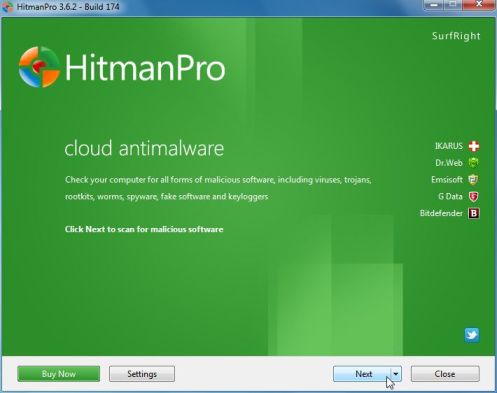
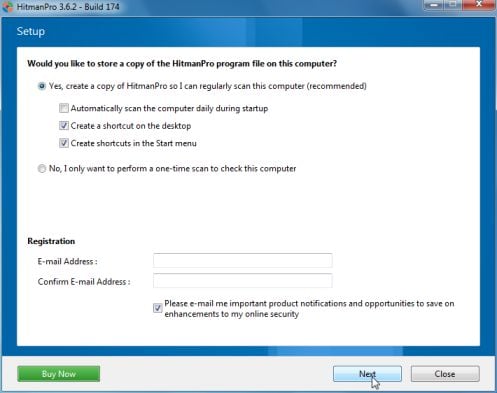
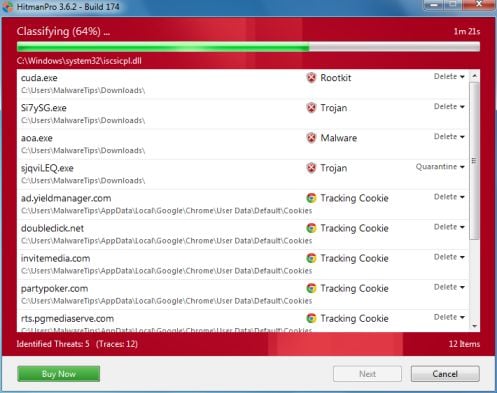
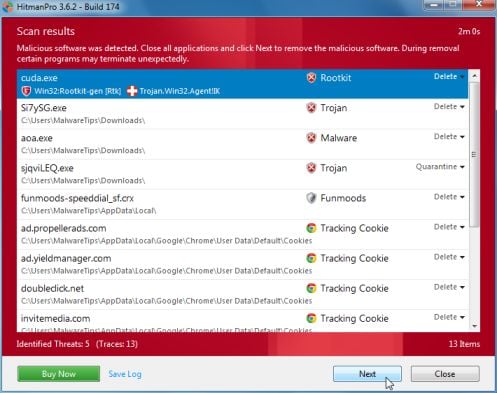
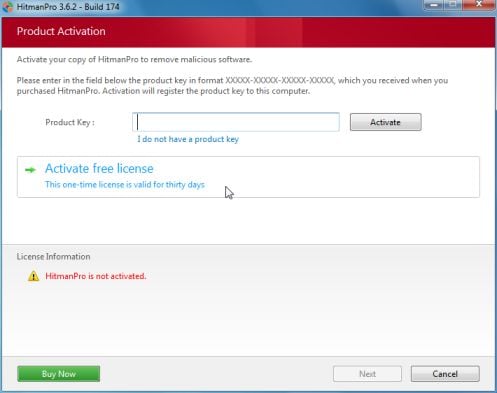










Thank you! Malwarebytes removed this infection at the first scan!
Thank you so much!
Hello D,
That icon is just harmless left over from the System Doctor 2014 infection. To remove it, right click on it, and select Delete.
Stay safe!
Thank you Stelian. This guide was very helpful. This process took me most of the day, but much of that may be attributed to my lack of technical skill! In addition to the steps you outlined, I ran CCleaner at the very end, and it did pick up some additional junk . Computer seems to be OK now. My thanks to you again Stelian.
Jay Desai
Thanks, man. That helped me a lot, but I still have a doubt. I scanned with Malwarebytes (and it looks like the virus is removed), Hitman pro and then with Emisosoft but on my desktop and my Windows 8 application screen is still an icon of System Doctor 2014 sh*t. I know it sounds like a stupid question, but is that alright? Because after scanning with Malwarebytes the other anti-malware programs didn’t find any threat. Could I simply delete the icon and do my normal stuff?